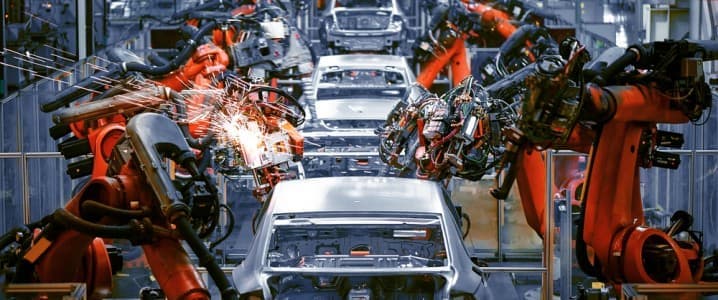
The sale of EVs doubled in 2021, compared to the previous year, reaching 6.6 million. This meant that around 10 percent of global car sales were electric. The International Energy Agency predicts that EVs will contribute over 30 percent of vehicle sales by 2030, with uptake rates increasing alongside the implementation of climate policies around the globe. But as EV sales continue to rise, we may well see other green vehicles arrive on the market, as automakers compete to create the most innovative carbon-neutral vehicles.
Some less-polluting diesel and petrol alternatives being used to fuel vehicles include natural gas, BioNGV or Biomethane, hydrogen, biofuel, steam, nitrogen, and solar power. Most of these car-powering methods are in their infancy, but with greater investment in research and development, they could soon catch up with the electric battery competition.
Just this week, Dutch startup Lightyear launched the prototype of its new Lightyear 0 solar car. The car is made up of 5m2 of solar panels and is expected to reach distances of around 70km from solar power alone. At €250,000, it has a long way to go before becoming commercially viable, but it shows promise. The CEO of Lightyear, Lex Hoefsloot, explained: “It shows that it is possible, it serves as a technology demonstrator. But our goal is to be able to reach a mass market in three years, with a car at €30,000”.
The company believes that the vehicle can go for weeks or even months without a charge thanks to its solar power capturing panels, which recharge the battery as it runs or while parked. Lightyear says that the car will go for longer without a charge in sunny climates, but can still be used in cloudy conditions. The technology has come a long way in the last few years, showing the endless possibilities for new renewable technologies. Hoefloot stated “People were saying it wasn’t possible, mostly because of the limited amount of solar power you could get on a car”, but the startup appears to have proved them wrong.
A more well-established power source is gas, with compressed natural gas (CNG) and liquefied petroleum gas (LPG) vehicles running similarly to petrol- and diesel-powered cars through spark-ignition internal combustion engines. While gas vehicles still produce carbon emissions, they are considered much less polluting than traditionally fuelled cars. But, at present, only around 1 percent of U.S. fueling stations offer CNG, since few automakers are currently producing natural gas vehicles as they invest in zero-emissions alternatives.
The most competitive alternative to electric batteries at present is the hydrogen fuel cell. According to a 2021 analysis, the hydrogen fuel cell electric vehicle (FCEV) market is expected to be worth around $46.89 billion by 2028, achieving a CAGR of 68.52 percent. This marks a significant increase from the $1.17 billion market value in 2020. BMW, Daimler, General Motors, Honda, Hyundai, Kia, Mazda, Renault, Toyota, and Volvo are among some of the major automakers offering FCEVs in competition with EV makers.
With investment in hydrogen technology, particularly in carbon-neutral green hydrogen, increasing significantly in the last few years, automakers are pumping billions into making the FCEV market competitive with the well-established EV market. While FCEVs are criticized for being less efficient than EVs, as only 55 percent of the hydrogen energy created through electrolysis is usable, hydrogen is highly competitive with electric batteries in several ways. For example, fuel cells are quick to recharge, allowing users to pump hydrogen fuel much in the same way they would petrol or diesel. This means they are much faster to charge than batteries that have to be connected to the electric supply for around an hour. As fuel cells are used to store hydrogen fuel, FCEVs typically also have a much longer range than traditional EVs.
However, FCEVs face several challenges such as the much better-established EV infrastructure already in place in several countries around the world. For the FCEV market to be successful, companies and governments must invest heavily in the construction of hydrogen fueling stations over the next decade. In addition, the cost of green hydrogen remains high, meaning that FCEVs are more expensive to power than EVs are present. Although innovations in hydrogen production are expected to lead to a reduction in prices in the coming years.
While electric-battery-powered vehicles remain the most popular ‘green vehicle’ at present, several other technologies are quickly catching up, as automakers look to produce the most competitive renewable-energy-run vehicles. Ultimately, greater investment in technologies such as solar, natural gas, and hydrogen could see the face of the green vehicle market change substantially over the next decade.